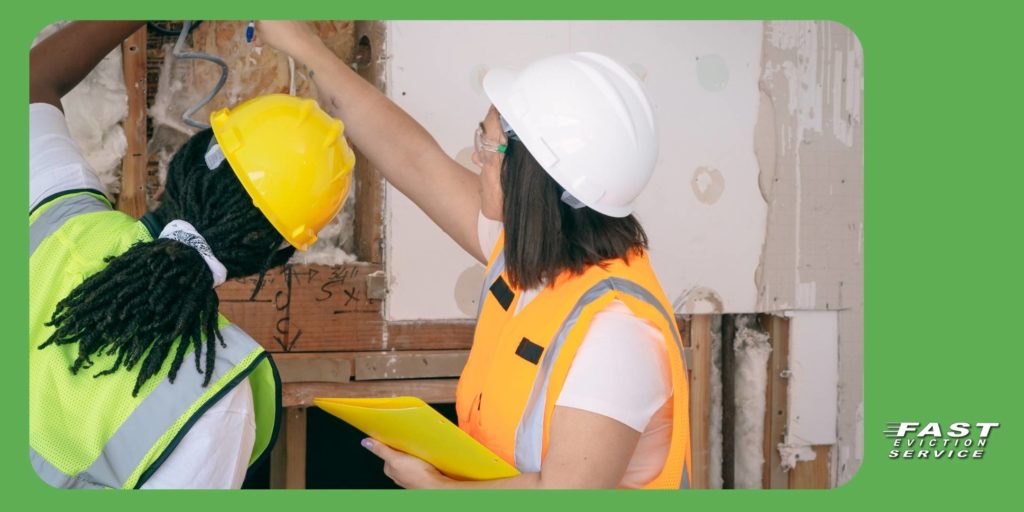Warning Signs Your Home Might Fail an Inspection
Before investing in a new property, every home-owner should consider having a home inspection. It can be a valuable tool that helps you identify issues that might otherwise escape the naked eye.

As an investor, a home inspection will help you spot the areas in the property where you should make improvements in order for you to be able to increase the rent accordingly.
A home inspection before handing back any deposit money to tenants will save you unexpected issues once the tenants have left the property. Especially if you have already noticed that the property requires additional cleaning or maintenance. It’s possible then, that in such cases, some issues may only be pointed out by an expert.
Structural integrity
In order to assure that the property is in perfect condition, the professional home inspector will look closely at any potential issues that impact the structure over time. Structural integrity means that the property is not compromised in any way, that it will not break or collapse over time.
If you’re scouting for a new rental property, make sure to watch out for these red flags in a home inspection for they may be just the tip of the iceberg.
Mold
Mold can be an indication that the house’ maintenance has been neglected in the property. Sometimes it can be just cleaned with strong cleaning products and it may not represent a liability to the integrity of the house. It can also be as strong as to make you replace entire walls in the property.
Mold usually comes along a moist smell that is easy to identify. Pay special attention in areas with poor ventilation and make sure to allow air to flow through the house.
Termites
Termites are especially hard to spot since they can hide behind walls. A termite infestation will only result in overly expensive repair on the property.
Termites can thrive in different environments, and there are mainly three types of termites that you may find in a property.
Dampwood and Subterranean Termites
These types of termites feel at home in moisture-damaged wood. Both sub-species of termites travel to small openings throughout the house. Look for places where there have been leaks in the property and identify any red flags that may indicate there are colonies of these unwanted crawlers.
Drywood Termites
Drywood termites thrive even in dry firewood, and although they are not as common as subterranean termites, they can lead to costly repairs if they are not identified on time. However, it’s easier said than done. Drywood Termites feed on the wood of the walls and furniture from the inside out. During the home inspection, a professional will look for hard-to-close doors and windows and hollowed wood in the property.
Look for small white “ants”, and for small bug wings in closets, doors, kitchen, and drawers that may potentially indicate a bigger problem.
Electrical Problems
Electrical problems are a safety hazard to the inhabitants of a property and to the integrity of electronics and the property itself. As such, you should make it a priority to have a professional inspect the house to assure everyone’s safety.
Look for light switches that do not work properly or at all. Issues with a light switch might reveal the existence of a faulty outlet, wiring, or circuit in the property. Blinking light bulbs may also indicate there is an electrical issue, so make sure to not overlook any of these symptoms.
Broken or malfunctioning windows and doors
Not only should you watch out for broken windows, make sure to check all window mechanisms work properly and that windows are waterproofed. Some of these issues do not become a problem before the rain season, but you should avoid any emergency repairs to the property because the windows escaped a thorough inspection.
Watch out for any of these red flags in the property. These signs will allow you to make a conscience decision in regards to your investment before closing a deal.
Filed under: Landlord Tips
